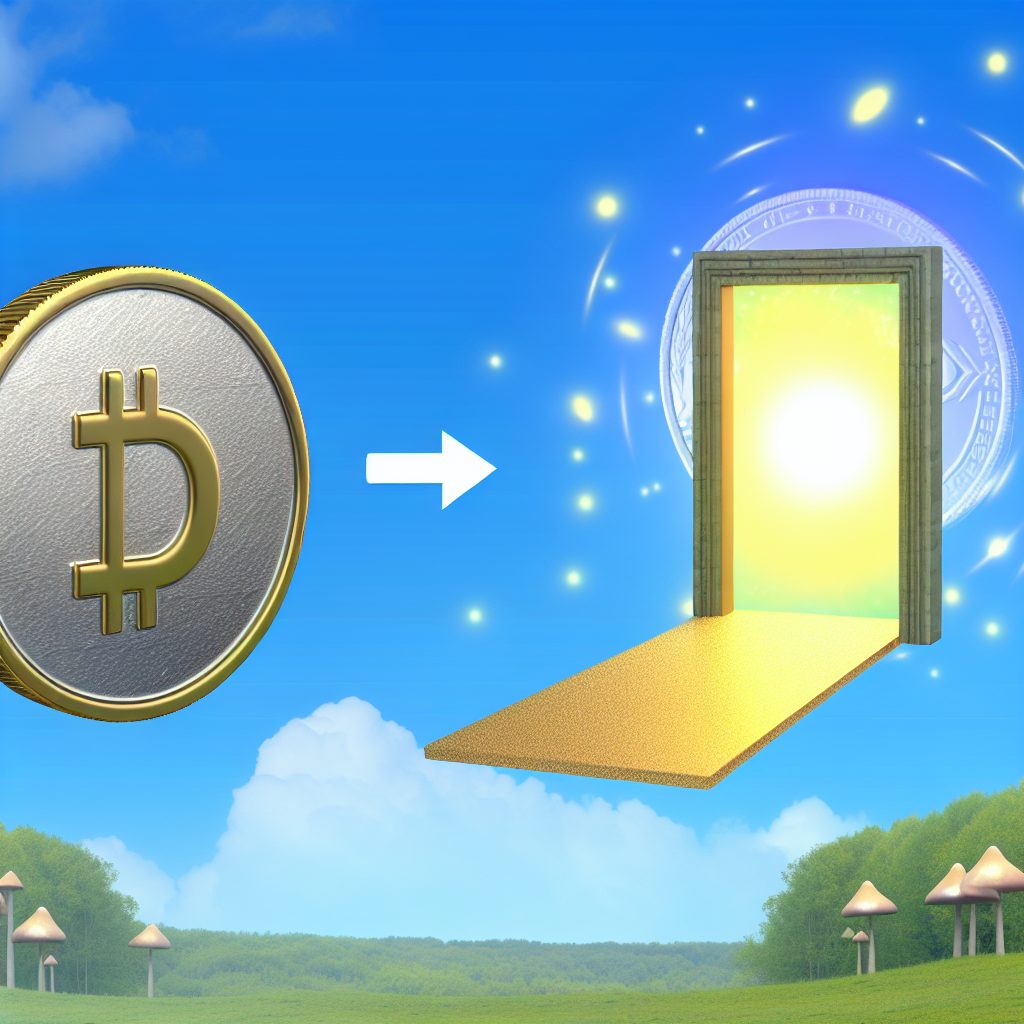Understanding Bridgeless Swaps in the Cryptocurrency Industry
The cryptocurrency landscape is constantly evolving, with new technologies and methodologies emerging to enhance user experience and security. One such innovation is the concept of bridgeless swaps. This article delves into what bridgeless swaps are, how they function, their advantages, and their implications for the future of decentralized finance (DeFi).
What Are Bridgeless Swaps?
Bridgeless swaps refer to a method of exchanging cryptocurrencies directly between different blockchain networks without the need for a traditional bridge. In the context of DeFi, a bridge typically facilitates the transfer of assets from one blockchain to another, often involving a centralized intermediary or a complex process that can introduce vulnerabilities.
Bridgeless swaps leverage decentralized protocols and atomic swaps to enable seamless transactions across different blockchain ecosystems. This approach enhances security, reduces transaction costs, and improves the overall user experience.
How Do Bridgeless Swaps Work?
Bridgeless swaps utilize smart contracts and decentralized exchanges (DEXs) to facilitate transactions. Here’s a breakdown of the process:
- Atomic Swaps: This technology allows users to exchange cryptocurrencies directly between different blockchains without the need for a trusted third party. Atomic swaps ensure that either both parties receive their assets, or neither does, thus eliminating the risk of one party defaulting.
- Decentralized Exchanges: DEXs play a crucial role in bridgeless swaps by providing a platform for users to trade assets directly. These exchanges operate on smart contracts, which automate the trading process and ensure transparency.
- Cross-Chain Protocols: Protocols like Polkadot and Cosmos enable interoperability between different blockchains, allowing for seamless asset transfers and swaps without the need for bridges.
Advantages of Bridgeless Swaps
Bridgeless swaps offer several advantages over traditional methods of cryptocurrency exchange:
- Enhanced Security: By eliminating the need for bridges, which can be vulnerable to hacks and exploits, bridgeless swaps provide a more secure method of exchanging assets.
- Lower Fees: Bridgeless swaps often incur lower transaction fees compared to traditional exchanges, making them more cost-effective for users.
- Faster Transactions: The direct nature of bridgeless swaps can lead to quicker transaction times, as there is no need to wait for confirmations from a bridge.
- Increased Privacy: Users can maintain greater privacy when conducting bridgeless swaps, as these transactions do not require personal information to be shared with a centralized entity.
Challenges and Limitations
While bridgeless swaps present numerous benefits, they are not without challenges:

- Liquidity Issues: Bridgeless swaps may face liquidity challenges, especially for less popular tokens. Users may find it difficult to execute large trades without impacting the market.
- Complexity: For beginners, the concept of atomic swaps and DEXs can be complex and intimidating, potentially hindering widespread adoption.
- Regulatory Concerns: As with many aspects of the cryptocurrency industry, regulatory scrutiny can pose challenges for bridgeless swaps, particularly in jurisdictions with strict cryptocurrency regulations.
Real-World Applications of Bridgeless Swaps
Bridgeless swaps are gaining traction in various sectors of the cryptocurrency industry. Here are some notable applications:
- Decentralized Finance (DeFi): Many DeFi platforms are integrating bridgeless swap functionalities to enhance user experience and streamline asset exchanges. For instance, platforms like Uniswap and SushiSwap are exploring cross-chain capabilities.
- Gaming and NFTs: The gaming industry is increasingly adopting bridgeless swaps to facilitate the exchange of in-game assets and NFTs across different blockchain networks, enhancing interoperability.
- Cross-Chain Asset Management: Investors are utilizing bridgeless swaps to manage their portfolios across multiple blockchains, allowing for diversified asset allocation without the need for centralized exchanges.
Case Studies of Bridgeless Swaps
Several projects have successfully implemented bridgeless swaps, showcasing their potential in the cryptocurrency ecosystem:
- Thorchain: This decentralized liquidity network allows users to swap assets across different blockchains without the need for a bridge. Thorchain utilizes an automated market maker (AMM) model to facilitate these transactions, providing liquidity and security.
- Atomic Wallet: This multi-currency wallet supports atomic swaps, enabling users to exchange cryptocurrencies directly within the wallet interface. This feature enhances user convenience and security.
- Ren Protocol: Ren Protocol facilitates cross-chain liquidity by allowing users to mint wrapped assets on different blockchains. This enables seamless trading and liquidity provision without relying on traditional bridges.
Future of Bridgeless Swaps
The future of bridgeless swaps looks promising as the cryptocurrency industry continues to evolve. Here are some trends and predictions:
- Increased Adoption: As more users become aware of the benefits of bridgeless swaps, adoption is expected to rise, leading to greater liquidity and improved user experiences.
- Technological Advancements: Ongoing developments in blockchain technology will likely enhance the efficiency and security of bridgeless swaps, making them more accessible to a broader audience.
- Regulatory Clarity: As regulatory frameworks around cryptocurrencies become clearer, bridgeless swaps may gain legitimacy, encouraging more users to participate in this innovative method of asset exchange.
FAQs About Bridgeless Swaps
What is the main difference between bridgeless swaps and traditional swaps?
The primary difference lies in the absence of a centralized bridge in bridgeless swaps. Traditional swaps often require a third-party intermediary to facilitate the exchange, while bridgeless swaps utilize decentralized protocols and atomic swaps for direct transactions.
Are bridgeless swaps safe?
Bridgeless swaps are generally considered safer than traditional swaps due to the elimination of centralized points of failure. However, users should still exercise caution and conduct thorough research before engaging in any cryptocurrency transactions.
Can I use bridgeless swaps for any cryptocurrency?
While many popular cryptocurrencies support bridgeless swaps, not all tokens may be available for this type of exchange. Users should check the specific DEX or platform to see which assets are supported.
How do I get started with bridgeless swaps?
To get started with bridgeless swaps, users can explore decentralized exchanges that offer this functionality. It is advisable to familiarize oneself with atomic swaps and the specific processes involved in using these platforms.
Conclusion
Bridgeless swaps represent a significant advancement in the cryptocurrency industry, offering enhanced security, lower fees, and faster transactions. As the technology continues to develop and gain traction, it is poised to reshape the way users exchange assets across different blockchain networks. For those interested in staying updated on cryptocurrency news and price tracking, platforms like Bitrabo provide valuable resources.
For more insights and updates on cryptocurrency trends, follow me on X, Instagram, and Threads.
Disclaimer: The information provided in this article is for informational purposes only and should not be considered financial advice. Always conduct your own research before making investment decisions.
The Crypto Watchlist of the Week 🔎
Subscribe to receive expert-curated projects with real potential—plus trends, risks, and insights that matter. Get handpicked crypto projects, deep analysis & market updates delivered to you.


